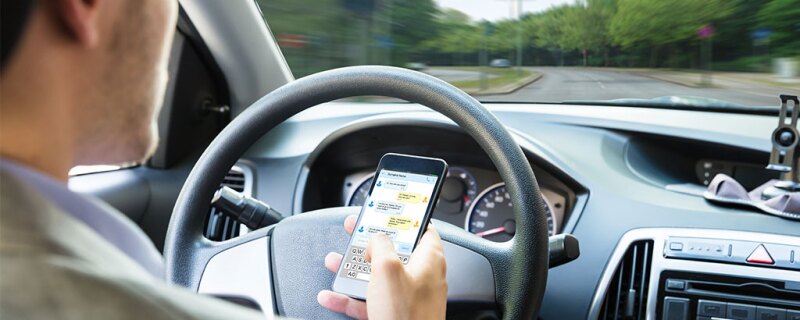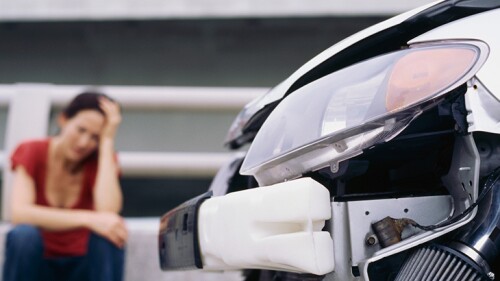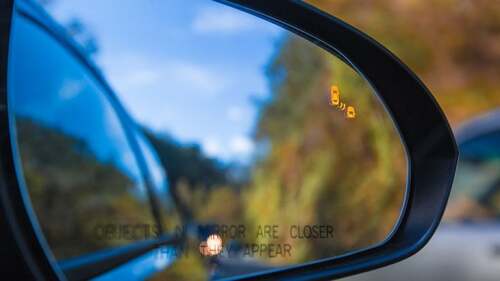There’s no limit to distractions while driving. Each one puts the driver, passengers, and others on the road at risk. Businesses need to address this issue proactively to help ensure safe transit.
Distractions come in many forms
Whether it be taking your eyes off the road to change the radio station, taking your hands off the wheel to enjoy the first sips of morning coffee, receiving a text message, or losing your focus because you’re talking to a passenger, it is easy to become distracted.
Hand-held or hands-free: A cell phone is distracting
Perhaps the most serious of these distractions is cell phone use. At any given time during the day, more than 800,000 vehicles are being driven by someone using a hand-held device, according to the U.S. Department of Transportation. Scary right? That time on the phone, whether talking or texting, is dangerous. In fact:
- Sending or receiving a text takes a driver’s eyes away from the road for an average of 4.6 seconds — equivalent to driving the length of an entire football field…blind.
- Sending a text makes a driver 23 times more likely to crash.
- Using a cell phone while driving delays a driver’s reactions as much as having a blood alcohol concentration at the legal limit of 0.8 percent.
- Using a hand-held device while driving makes a driver four times more likely to get in a serious crash.
- Talking on a hands-free cell phone still takes the focus away from the road, causing a driver to miss important visual cues.
Improve employee safety on the road
- Establish a clear policy against distracted driving in your company. Ban phone use and other distractions, and outline consequences for violations.
- Make sure all employees are educated about the policy. Teach them during their initial training, enforcing the rules regularly through continued training sessions and reminders.
- Limit communications with employees who are driving. Communicate necessary information once they reach their destination or before they leave.
- Build a workplace culture that prioritizes road safety. Emphasize the importance of responsible driving not only for the well-being of employees but also for the reputation and success of the business.
- Train employees to set up the radio or a GPS before they start driving so they won’t need to adjust it later.
Businesses can play a crucial role in reducing the risks associated with distracted driving and contribute to safer roads for everyone. Take the pledge to stop distracted driving and encourage others to do the same.






